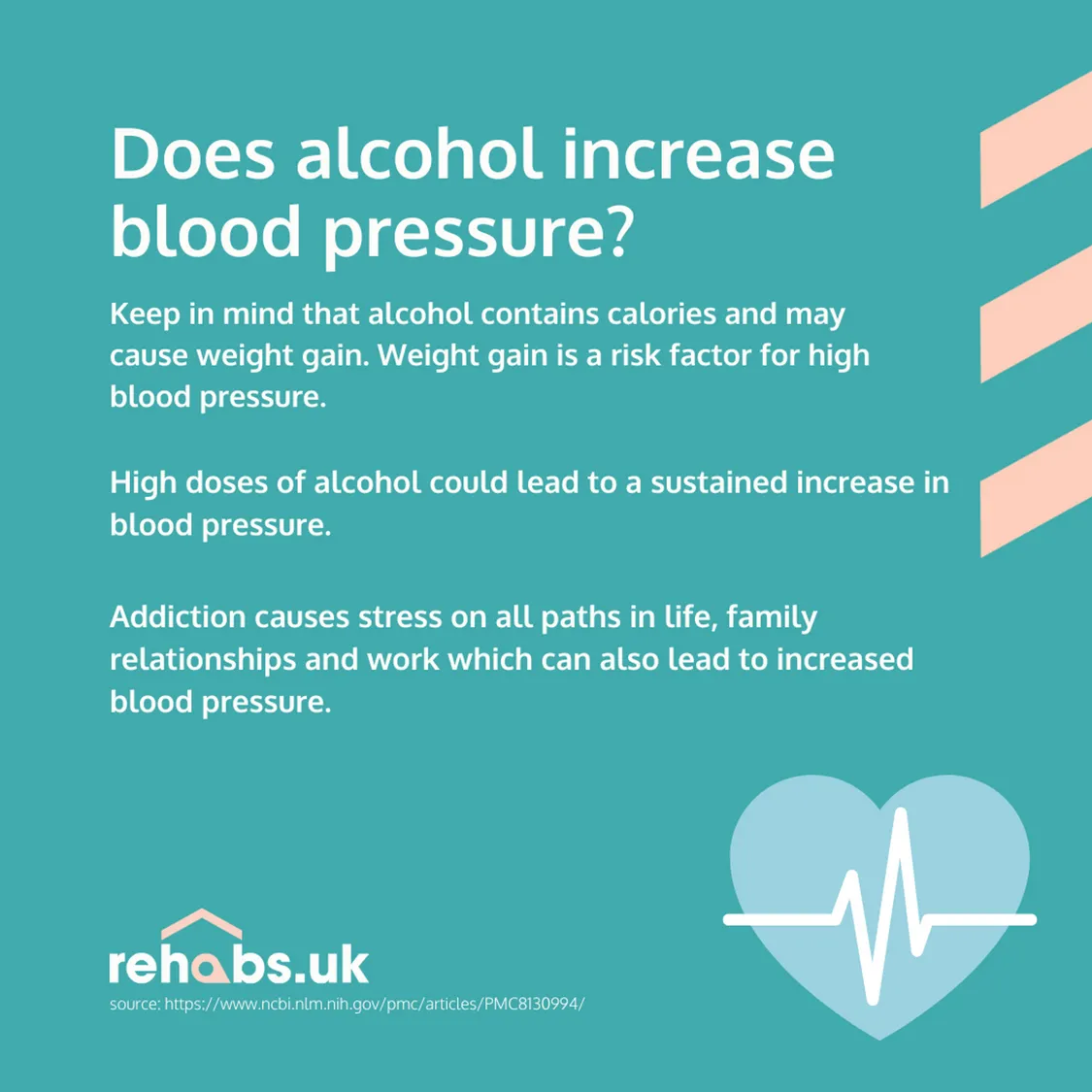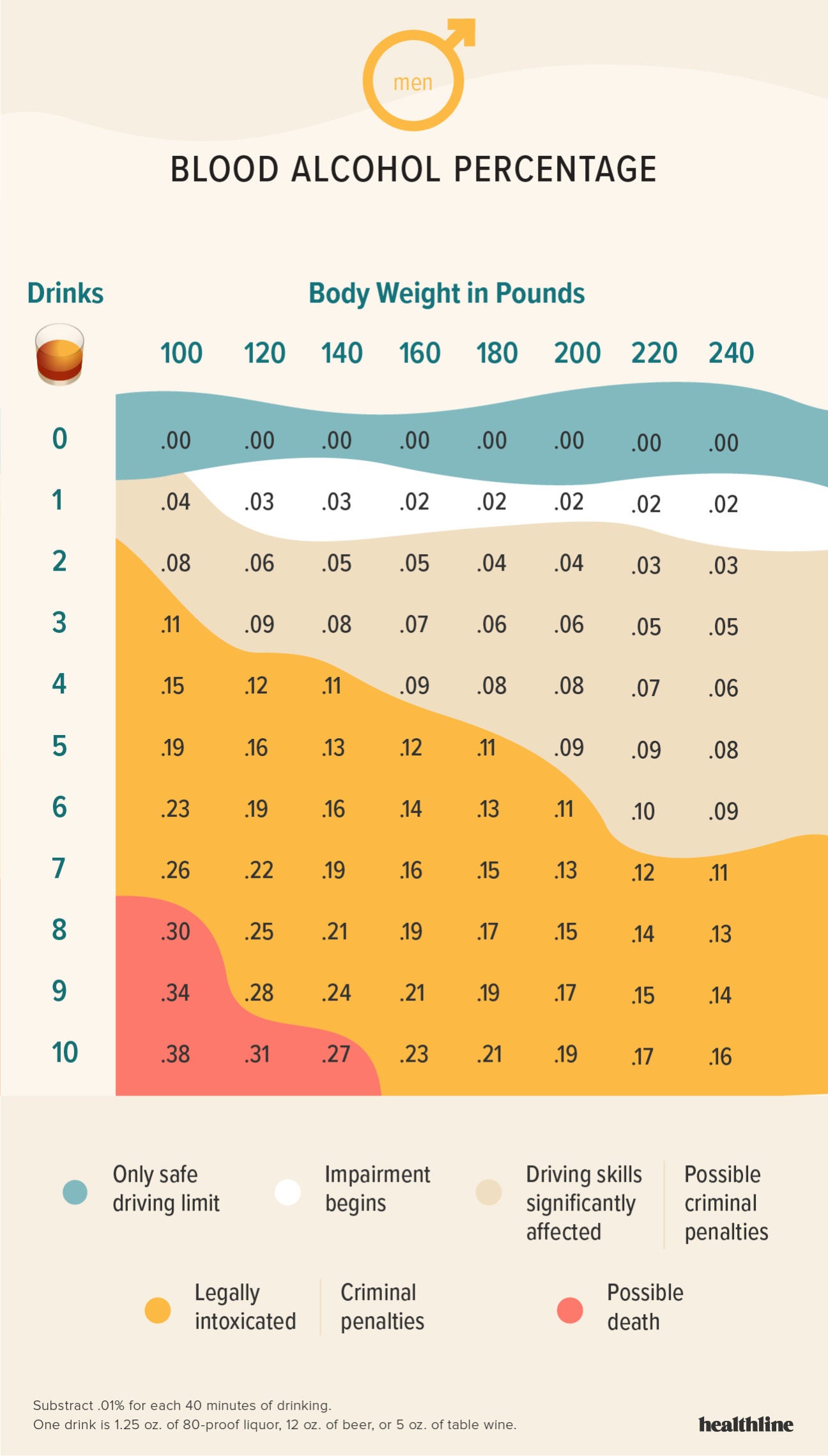Affect The Amount And Rate The Alcohol Reaches The Bloodstream

The speed and intensity with which alcohol impacts the body are not fixed. Several factors can dramatically alter how quickly alcohol enters the bloodstream, affecting intoxication levels and potentially increasing risks.
Understanding these variables is crucial for promoting responsible alcohol consumption and mitigating alcohol-related harm. This article details the key elements that influence alcohol absorption, providing essential information for individuals and public health initiatives.
Factors Influencing Alcohol Absorption
Food Consumption: Eating before or while drinking significantly slows alcohol absorption.
Food, especially those high in fat and protein, creates a barrier in the stomach. This delays the alcohol from reaching the small intestine, where most absorption occurs. The effect is a slower rise in blood alcohol concentration (BAC).
Type of Alcoholic Beverage: The concentration of alcohol plays a critical role.
Drinks with higher alcohol content, like spirits (vodka, whiskey, gin), are absorbed more quickly. The faster absorption rate means that the drinker becomes drunk sooner.
Carbonated beverages, such as champagne or drinks mixed with soda, speed up absorption. The carbonation increases pressure in the stomach, pushing alcohol into the small intestine more rapidly.
Body Weight and Composition: Weight and body fat percentage are important determinants.
Individuals with higher body weight generally have more body water. This dilutes the alcohol in the bloodstream, leading to a lower BAC compared to a lighter person consuming the same amount.
Body fat does not absorb alcohol, so individuals with a higher percentage of body fat will reach a higher BAC more quickly. This is because alcohol is distributed in a smaller volume of body water.
Sex and Gender: Biological differences influence alcohol metabolism.
Women generally have a lower percentage of body water than men. They also tend to have lower levels of the enzyme alcohol dehydrogenase (ADH), which breaks down alcohol in the stomach.
These differences mean that women typically reach a higher BAC than men after consuming the same amount of alcohol. The effects are pronounced given equal amounts of alcohol.
Medications and Health Conditions: Certain medications and health issues can alter alcohol's effects.
Some medications can interact with alcohol, either increasing its effects or causing dangerous side effects. Certain health conditions, such as liver disease, can impair alcohol metabolism, leading to higher BAC levels and increased susceptibility to alcohol-related harm. Medications can significantly alter these effects.
Rate of Consumption: How quickly alcohol is consumed makes a difference.
Drinking quickly overwhelms the body's ability to metabolize alcohol. This results in a rapid increase in BAC. Sipping alcohol slowly allows the liver to process it more effectively, preventing a spike in BAC.
Consequences of Rapid Alcohol Absorption
Rapid alcohol absorption can lead to a number of negative consequences. These include increased risk of intoxication, impaired judgment, and accidents.
It also elevates the likelihood of alcohol poisoning. Alcohol poisoning requires immediate medical attention.
Practical Implications and Mitigation Strategies
Understanding these factors empowers individuals to make informed decisions about alcohol consumption.
Eating before and while drinking, choosing lower-alcohol beverages, and pacing consumption can help mitigate risks. These actions are considered best practices.
Public health campaigns should emphasize these strategies to promote responsible drinking habits. Increased education can improve drinking behaviors across the population.
Ongoing Research: Researchers are continuously investigating the complex interplay of factors influencing alcohol absorption.
Future studies will further refine our understanding and inform evidence-based interventions. Such knowledge will shape future drinking guidelines and recommendations.
The goal is to minimize alcohol-related harm. Continued research and dissemination of information are critical steps.

-+is+the+amount+of+alcohol+in+the+bloodstream..jpg)
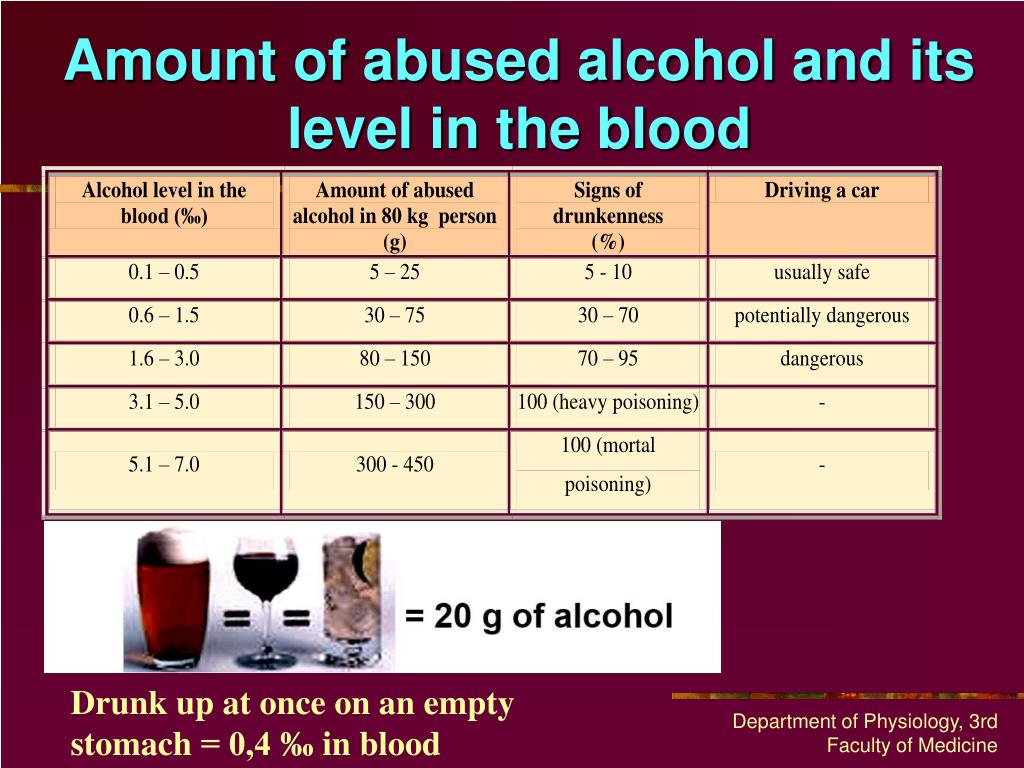
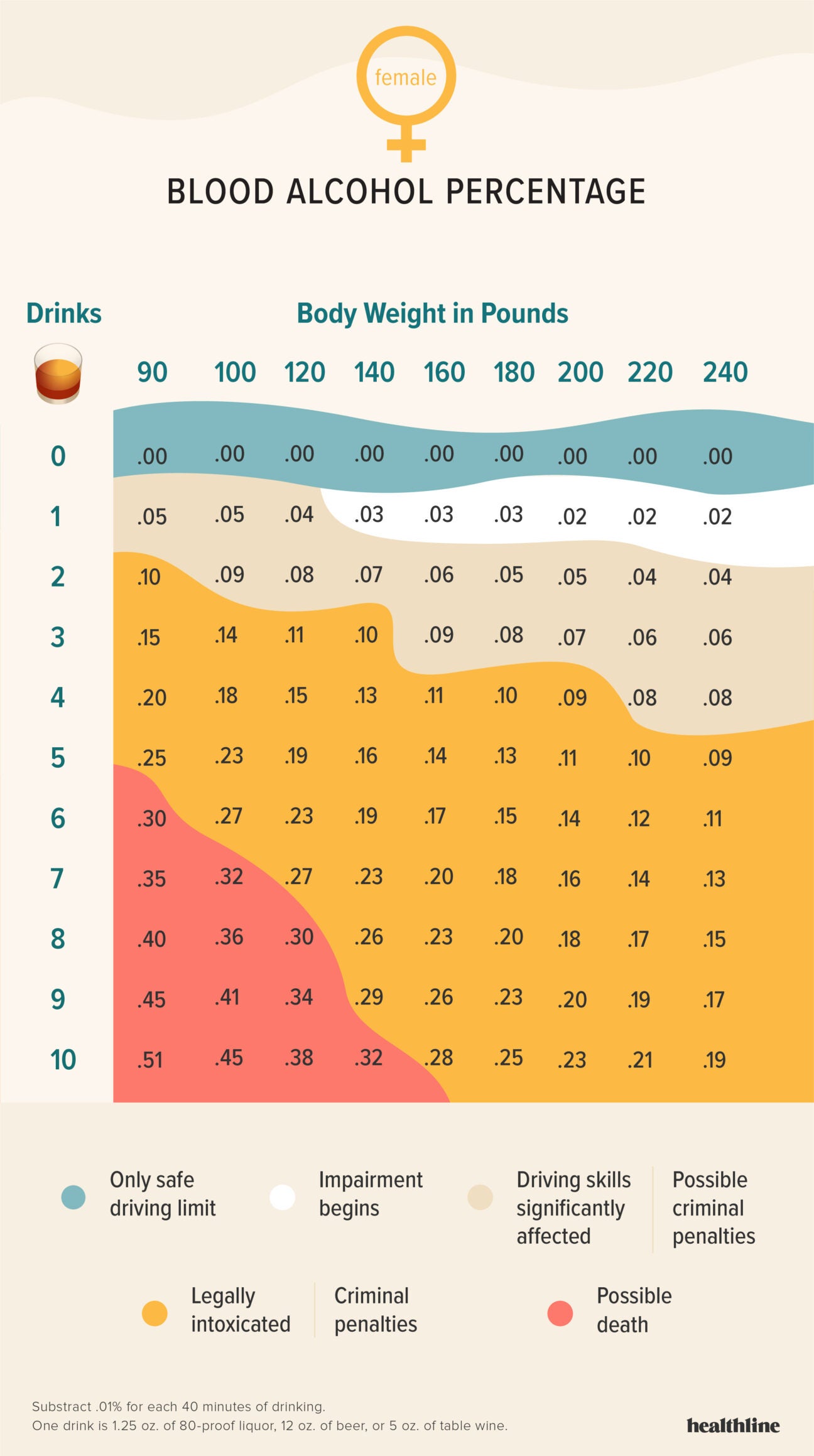



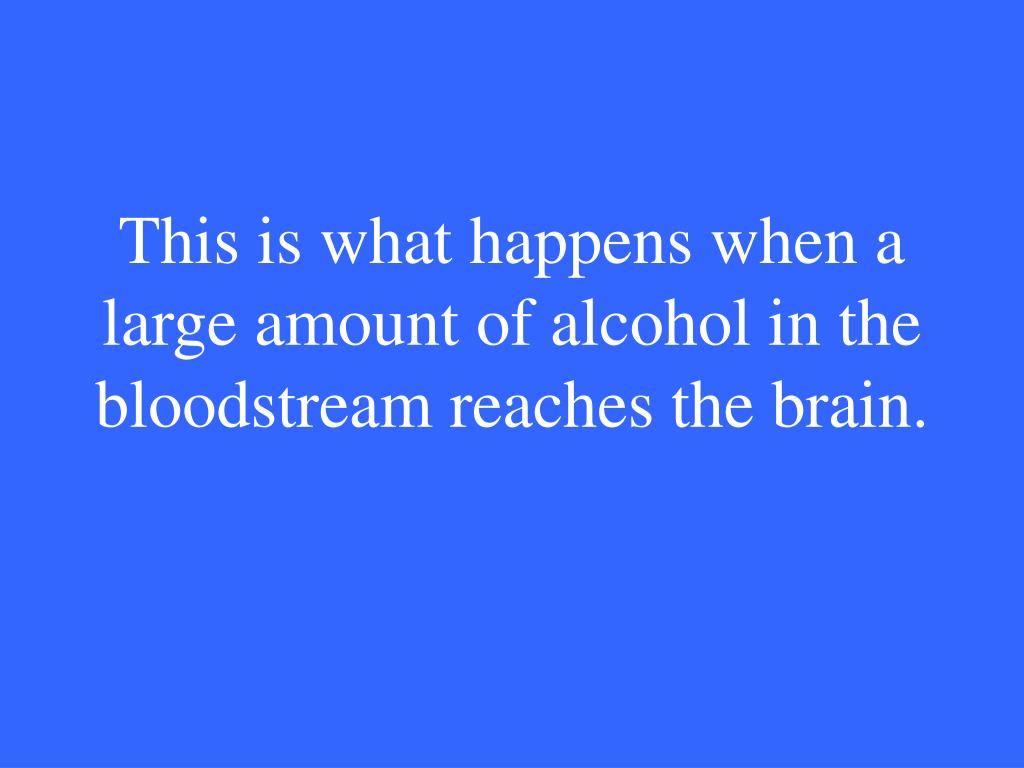
.jpg)

.jpg)



